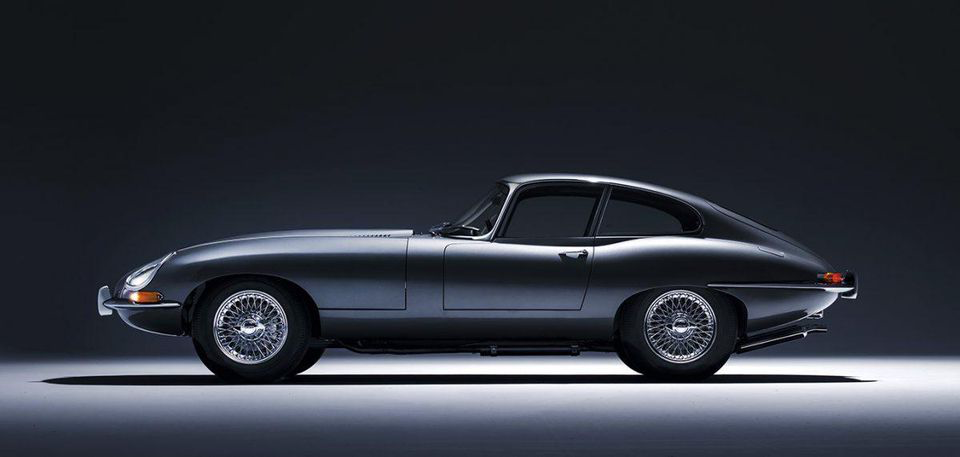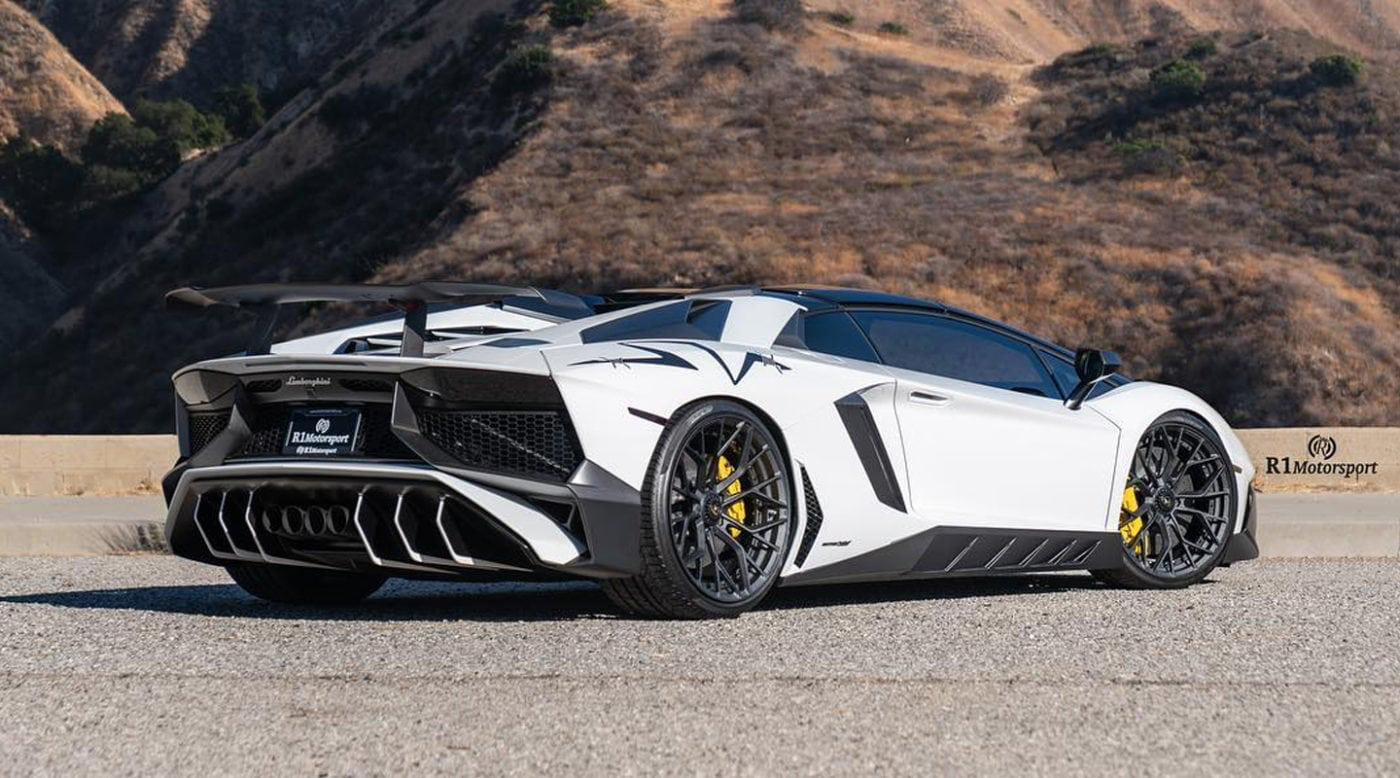Automotive function determines form
I generally think function should have a strong influence on form, if not determine the form outright. I like to use cars an example of this, but I’m having trouble reconciling the past of “function over form” with the future.
Back in the days of peak car culture (1960s), the Jaguar E-Type was (and currently is) considered one of the finest looking cars ever produced:

I’m taken by that long, long hood. And, as per my principles, that is function defining form. The car had an inline-6 cylinder engine and later a V-12 engine. Both very long engines. Further, the E-Type is a sports car and sports cars of the era were all rear-wheel drive. That means the engine has to be mounted on the length of the car. All that adds up to requiring a very long hood. And, it turns out, the designers working on the form did a fine job accommodating that function!
I’m not particularly taken by modern Lamborghini, but the Aventador serves nicely as another example of form determining function (at least in my imagination):

The Aventador is also a sports car and also contains a rather large V-12 engine, this time mounted behind the driver. What transpired in the decades between the E-Type and the Aventador is a whole lot of technological development. Where the E-Type is a masterpiece in blended lines, the Aventador is a cacophony of gizmos and dingers on the outside of the car, particularly the back. Most of those slats and ducts serve the function of a) cooling the car’s engine, turbochargers, or brakes, b) shaping air flow around the car to reduce drag or increase grip in corners, and/or c) making the car “look pricey and fast”. I like to think that an initial design concept had more gracefully blended curves, but the engineering director put the kibosh on it because it would prevent exposing some kind of cooling duct or aerodynamic surface in a crucial spot. Function (going fast, looking pricey) determines form.
I’m increasingly convinced the Toyota Prius, alongside the Tesla Model S, will be thought of as the pivot point from oil to renewable culture. This shape will be part of that story:

Electric cars require efficiency throughout. Lower weight, skinny tires to reduce friction, and low aerodynamic drag. The last, I fear, is the function that will lead us to extremely boring “aero-lump” forms. Most electric/self-driving car designs are going for “sitting room on wheels” as function, and there are only so many low-drag forms that can take. None of them “exciting”.
The E-Type and Aventador are, to my eye, pleasing forms by function, or perhaps by nostalgia. But the Prius (and even the Model S/3 that have followed it) school of design has not yet generated deeply pleasing forms.
In principle, I still like the idea of form following function. In my heart, for the future of car-based transportation, I’m a little worried about the outcomes.